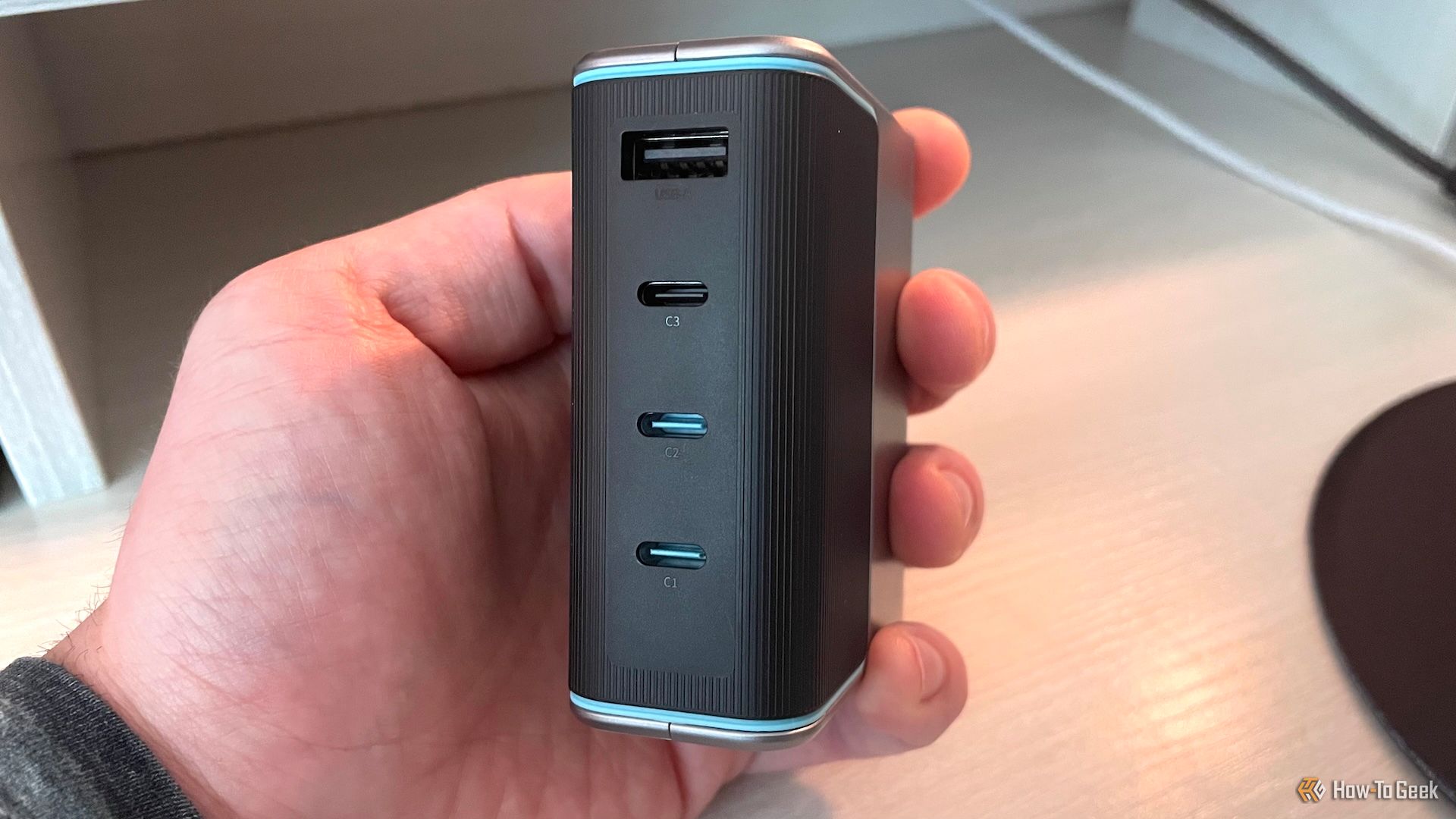How to Tell If a Real Estate Listing Is Based on Reality

Shopping for a home can be an overwhelming experience. More than four million homes were sold in 2023 alone; the number of houses for sale has tripled in recent years. The journey from a getting a pre-approval from a mortgage lender to actually buying a house can be a long and exhausting one, with some house hunters seeing dozens of houses over the course of years without a successful purchase.
Some of this may have to do with the warped expectations real estate reality TV can instill in us. But sometimes a real estate listing makes a home seem ideal, but when you show up to an open house all you see are red flags. The truth is, real estate listings are sales pitches designed to get you interested in a property, and are sometimes deliberately misleading, if not outright deceptive. If you can spot a listing that’s not based on reality right away, you can save yourself a lot of trouble. Here are severak red flags the house listing you’re looking at is based more on fiction than reality.
Specific phrasing
When reading a real estate listing, it’s easy to get caught up in the charming this and the cozy that and ignore anything that smacks of jargon. But there are some obvious red flags that tell you that you’re looking at what’s known as a “lying listing,” a term used in the real estate world to describe a listing that has very little connection to the reality of a house:
-
Acronyms. Sometimes real estate agents will include “cover your ass” language in a listing designed to act as a disclaimer people outside the industry won’t notice. These are commonly acronyms like BATVAI (buyer’s agent to verify all information) and IDRBNG (information deemed reliable but not guaranteed). If there are complaints about the listings’ accuracy at any point, the agent can point to those acronyms as evidence that they were upfront about the fiction in the listing.
-
Misleading language. Real estate listings often hide undesirable qualities in a house behind deceptive language. If you see phrases like “cozy” (translation: tiny), “well-maintained” (translation: old and not updated), or “custom” (translation: You’ll be ripping out the current owner’s bizarre design choices for years), be suspicious about the whole listing. An honest agent would simply state that the house is small, or needs work.
Tax guesswork
You can never rely on the property tax information in a real estate listing, period. This is because it’s almost always based on outdated information, and can be manipulated in various ways to make it seem like your monthly payment will be lower. Sometimes this is just an honest mistake, of course. But if the current owners enjoy lower property taxes for some reason (maybe they have a tax exemption because they’re senior citizens, for example) that won’t necessarily apply to you, an unscrupulous listing agent could offer up the lower number and then claim ignorance when your taxes are a lot higher than expected.
If the listing stresses super-low taxes, it’s a red flag. You should always double-check property taxes with the county records, which are public information. While you’re there, also check when the property was last appraised by the tax office—if it’s been a long time, look into whether the property taxes are about to shoot up dramatically, a fact the listing may have forgotten to include.
Weird photos
One clue that the real estate listing isn’t representative of reality can be found in the photos used. Photos can never really convey what it’s like to physically be in a space, of course, but they should be reasonably accurate in how they depict the property. A few ways you can tell that they’re not:
-
Odd angles. If every photo of the place is either so stretched by a “fisheye” lens they look like they used some kind of funhouse mirror filter or are taken at extreme angles that look like stills from an experimental art film, they’re trying to make a small space seem bigger or trying to subtly crop something out, like power lines or a really messed up floor situation.
-
Overly manipulated. It’s 2024, we’re used to filters, virtual staging, and other small manipulations in the photos we see. But if the photos look cartoonish and there’s no clear disclaimer regarding virtual staging, you’re probably looking at a best-case renovation scenario that doesn’t accurately represent the current state of the property.
-
Low quality. Do the photos look like they were taken with a camera phone circa 2007? It might just be incompetence, but it might also be an attempt to blur some unappealing details. Whatever the reason, if the photos are small and out of focus, be wary.
Finally, pay attention to the square footage in a real estate listing. Honest mistakes in terms of defining “living space” or dealing with un-permitted additions can happen, of course, but sometimes real estate agents will knowingly fudge the square footage in order to make a home and its price more appealing.
It can be difficult to spot inflated square footage from a listing, but there are some clues you can keep an eye out for:
-
Not like the others. Look at other homes nearby, especially if they’re rowhouses or part of a development where the homes are very similar to each other. If the listed house has a dramatically different square footage than the others, ask yourself where the heck they managed to squeeze it in.
-
Tiny rooms. Do some quick back-of-the-envelope math: The average size of a bedroom is about 132 square feet, kitchen average about 150-175 square feet, living rooms average about 216 square feet, and bathrooms range from 40 square feet to more than 200 square feet (for a lavish en suite). Add up the rooms in the listing and see if the number you get is anywhere close to the listed square footage. Your calculation won’t be accurate, but it should make sense—if not, ask yourself where all the extra square footage is? Better yet—ask the listing agent.










